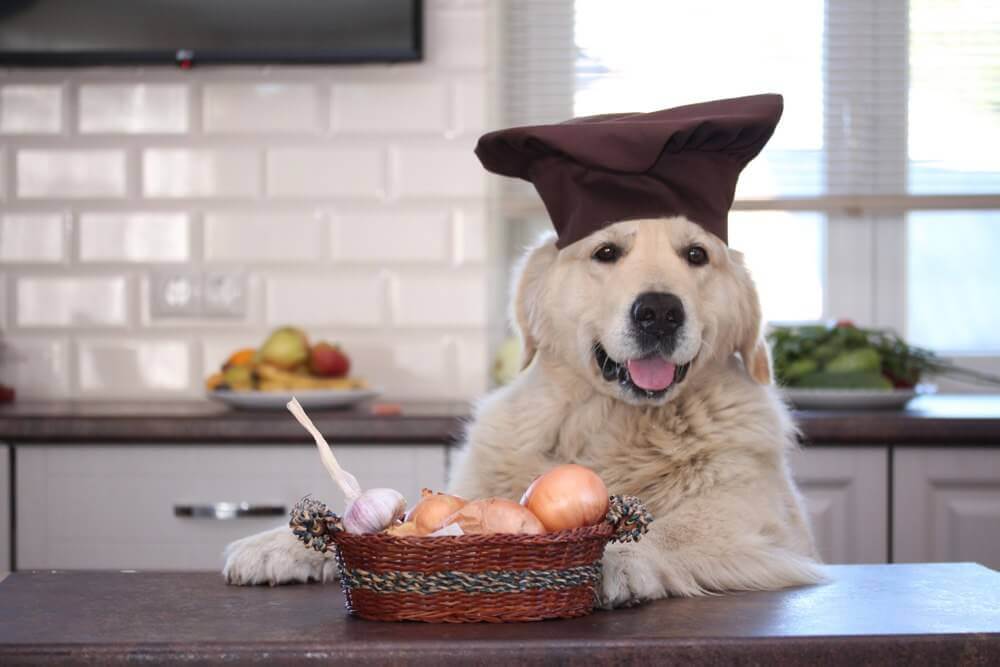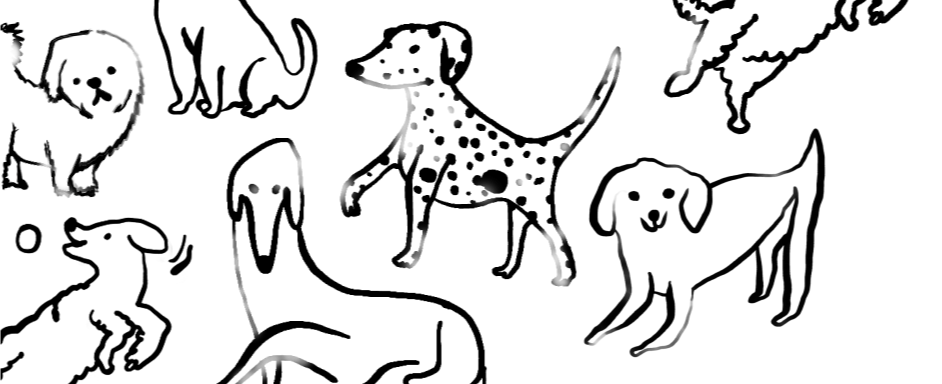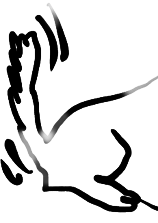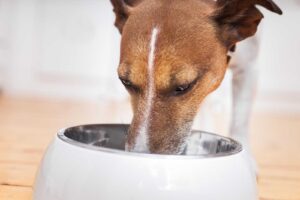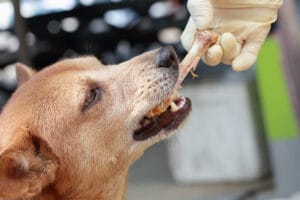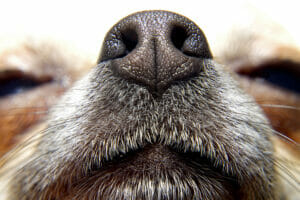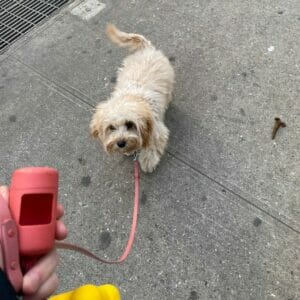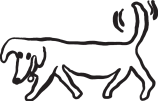Last updated: March 27th, 2025
As a dog owner, you may have wondered, “Can dogs eat onions?” The short and important answer is no—onions are toxic to dogs in any form. Whether raw, cooked, powdered, or part of a meal, onions and all members of the Allium family (including garlic and chives) pose a serious risk to your pup’s health.
If you’re tempted to share leftovers that contain onions, think twice—even small amounts can cause onion toxicity in dogs. Some pet parents ask, “Can dogs have cooked onions?” “Are onions bad for dogs even in small amounts?” The answer remains the same: Onions, in any form, are dangerous for dogs and should always be avoided.
In this article, we’ll break down why onions are harmful, how much onion is toxic to dogs, and what to do if your pup accidentally eats some.
Can Dogs Eat Onions?
No, dogs should never eat onions. Onions are highly toxic to dogs and can cause serious health problems, even in small amounts. Whether they are raw, cooked, powdered, or dried, onions contain compounds that damage red blood cells, leading to a dangerous condition called hemolytic anemia.
Why Are Onions Toxic to Dogs?
Onions contain N-propyl disulfide, a compound that interferes with a dog’s red blood cells by:
- Damaging and breaking down red blood cells
- Reducing oxygen circulation in the body
- Leading to anemia, weakness, and potential organ damage
Even a small amount of onion can be dangerous, especially for small-breed dogs. Symptoms of onion toxicity may not appear immediately but can develop over several days after ingestion.
It’s as simple as that. You may wonder, “Can dogs have cooked onions?” or “Can dogs eat green onion?” or perhaps “Can dogs eat raw onions?” and the answer is always no. Somewhere along the line, people have heard conflicting stories about various forms or parts of the onion being safe – which is just not true.
If you cook for your dog, be sure to exclude onions from any recipes. You can also opt for pre-prepared fresh dog food that excludes onions. You can find many options to choose from in the Spot & Tango range.
What Parts of Onions are Toxic to Dogs?
Every part of an onion is toxic to dogs, no matter how it’s prepared. Whether it’s raw, cooked, powdered, or dried, onions contain N-propyl disulfide, a compound that damages red blood cells and can lead to hemolytic anemia. Even small amounts can be harmful, so it’s essential to keep all forms of onion away from your pup.
Toxic Parts of an Onion
- Onion Bulb – The most commonly consumed part, but also the most toxic
- Onion Leaves – Sometimes used in cooking, but just as dangerous
- Onion Skin & Peels – Often discarded, but still contain toxic compounds
- Onion Juice – Found in broths, gravies, and homemade recipes
- Green Onions (Scallions) – Milder in taste but equally harmful
- Shallots, Leeks, and Chives – Part of the onion family and just as toxic
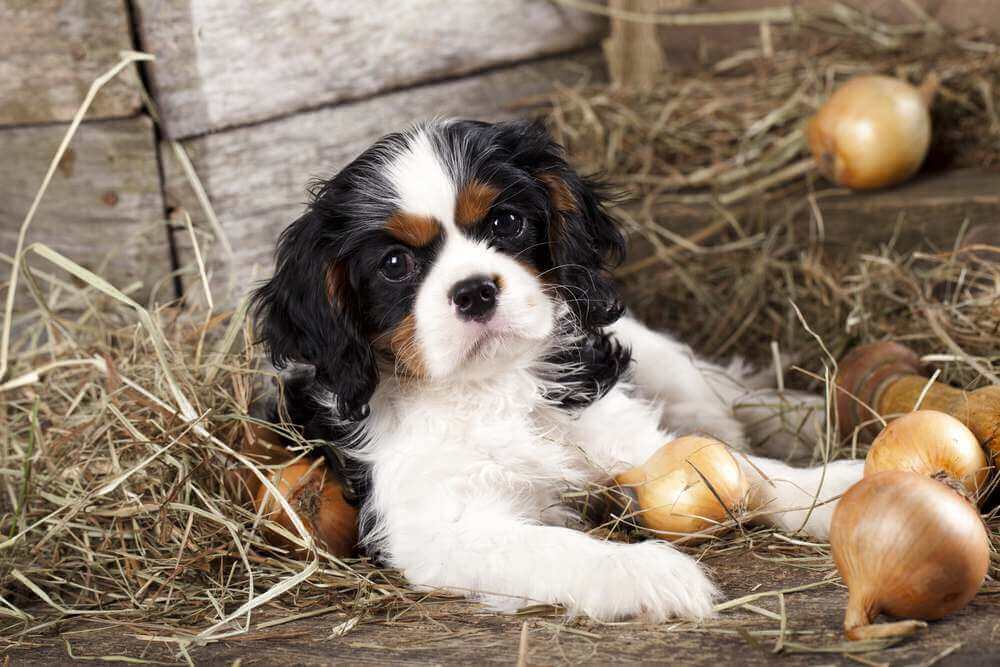
Are Cooked or Processed Onions Safer?
No, cooking or processing onions does not remove their toxicity. Whether they are sautéed, roasted, or boiled, onions still contain harmful compounds that can affect your dog’s health. Additionally, processed foods like:
- Soups & broths with onion flavoring
- Baby food that contains onion powder
- Seasoned meats with onion-based seasonings
- Chips, dips, and sauces that contain onion powder
Even foods with trace amounts of onion can be dangerous, so it’s best to check ingredient labels before sharing human food with your pup.
What to Do If Your Dog Eats an Onion
If your dog accidentally eats an onion, act quickly—onion toxicity can be serious, and early intervention is key. Even small amounts of onion can damage your dog’s red blood cells, leading to hemolytic anemia, a potentially life-threatening condition.
Step 1: Determine How Much Onion Your Dog Ate
Try to estimate the amount and type of onion your dog consumed. Since as little as 0.5% of a dog’s body weight can be toxic, even a small bite could be dangerous. Use this general guide:
- Small dogs (under 10 lbs) – About ½ an ounce (1 tablespoon) of onion can be toxic
- Medium dogs (20–30 lbs) – 1–2 ounces of onion can cause symptoms
- Large dogs (50+ lbs) – Toxicity can occur with 4 ounces or more
If your dog ate any amount of onion, especially in a small breed, it’s best to contact a vet immediately.
Step 2: Watch for Symptoms of Onion Toxicity
Signs of onion poisoning may take 24–72 hours to appear. Common symptoms include:
- Weakness and lethargy
- Pale gums (a sign of anemia)
- Vomiting or diarrhea
- Rapid heart rate or panting
- Loss of appetite
- Dark-colored urine
If you notice any of these symptoms, seek emergency veterinary care immediately.
Step 3: Call Your Veterinarian
Even if your dog appears fine after eating onion, it’s always best to call your vet. They may recommend:
- Inducing vomiting (if the onion was eaten recently)
- Activated charcoal to help absorb toxins
- IV fluids or oxygen therapy in severe cases of anemia
- Blood tests to check for red blood cell damage
Step 4: Prevent Future Onion Exposure
To keep your dog safe, follow these precautions:
- Store onions securely – Keep them out of reach in the pantry or fridge
- Avoid feeding table scraps – Many dishes contain onion, even in small amounts
- Check ingredient labels – Processed foods often contain onion powder
- Educate family members – Ensure everyone knows that onions are toxic to dogs
When to Seek Emergency Care
If your dog has eaten a large amount of onion or is showing symptoms, take them to the vet immediately. Onion poisoning can be life-threatening, and quick treatment improves the chances of recovery.
By acting fast and staying informed, you can help protect your dog from the dangers of onion toxicity.
Preventing Onion Toxicity in Dogs & Alternatives to Serving Your Dog Onion
The symptoms of a dog eating onion are not fun to witness, and as a loving pet parent, you only want what’s best for your dog. As such, making sure that your dog has no access to any onions or related plants is essential.
The first thing you should do for your dog is to choose food for your dog that veterinary nutritionists specially formulate. The Spot and Tango range is a great choice. It’s free of onion, garlic, and other ingredients that negatively affect a dog’s health. Check out our recipes section here.
There’s also none of the other bad stuff, including preservatives, artificial chemicals, hormones, or grain fillers. It’s safe to say that Spot & Tango’s food range is packed only with goodness! If you’re not keen on buying from the available range, there’s also an option to create a personal meal plan that specifically caters to your dog’s dietary needs.

In addition to changing your dog‘s diet to safer and more nutritional food, you can take other steps to safeguard your dog from onion toxicity as follows:
- If you grow onions, garlic, leeks, and chives, make sure that they are fenced off so that your dog has no access to them.
- Be careful when preparing food with onion – no snacks for your dog!
- Avoid giving your dog any food that contains seasoning, flavoring, or soup powder.
- Store your onions out of reach of your dog (preferably out of sight too).
Symptoms of Onion Poisoning in Dogs
If you accidentally fed your dog onion, or they got into a bag they weren‘t supposed to (they make for something great to gnaw on, in a dog’s opinion), you may start to notice some of the common symptoms of dogs eating onion.
Symptoms of onion poisoning in dogs and, of course, the subsequent onset of anemia vary from dog to dog.
The early signs of onion poisoning include:
- Smell of onion on the breath
- Vomiting (with pieces of onion in it)
- Diarrhea
Severe signs of onion poisoning that indicate anemia may show up on a blood test:
- Tiredness and lethargy
- Weakness
- Pale gums
- Red color in the urine
- Elevated heart rate
- Unusual panting
- Poor appetite
- Collapse
- Exercise intolerance
- Drooling
- Lack of coordination (also called Ataxia)
How Much Onion is Bad for Dogs?
One of your next questions is undoubtedly, “how much onion is bad for dogs?” and that one is simple to answer. Any amount of onion is bad. It’s better to avoid feeding your dog onion altogether.
Of course, onion is found in many food types such as flavorings, soups, baby foods – and often leftovers find their way into your dog’s bowl, so it’s best to be careful.
How much onion can a dog eat based on size? Size does come into play. Smaller dogs eating a large onion will experience more dangerous toxicity than a large dog eating a small pickle-size onion, for instance.
A dog only needs 0.22lb of onion per 44lb of weight for onion toxicity to occur. That means that a large onion can make a 50-pound dog pretty ill.
How is Onion Toxicity Diagnosed in Dogs?
At first, it’s the symptoms of onion poisoning in dogs that may alert you to a problem. Your dog may seem weak, disinterested, and be walking with a wobbly gait, which raises the first red flag.
Observing your dog is essential, but don’t wait before calling your veterinarian. Your dog must be correctly diagnosed to ensure the correct treatment is recommended.
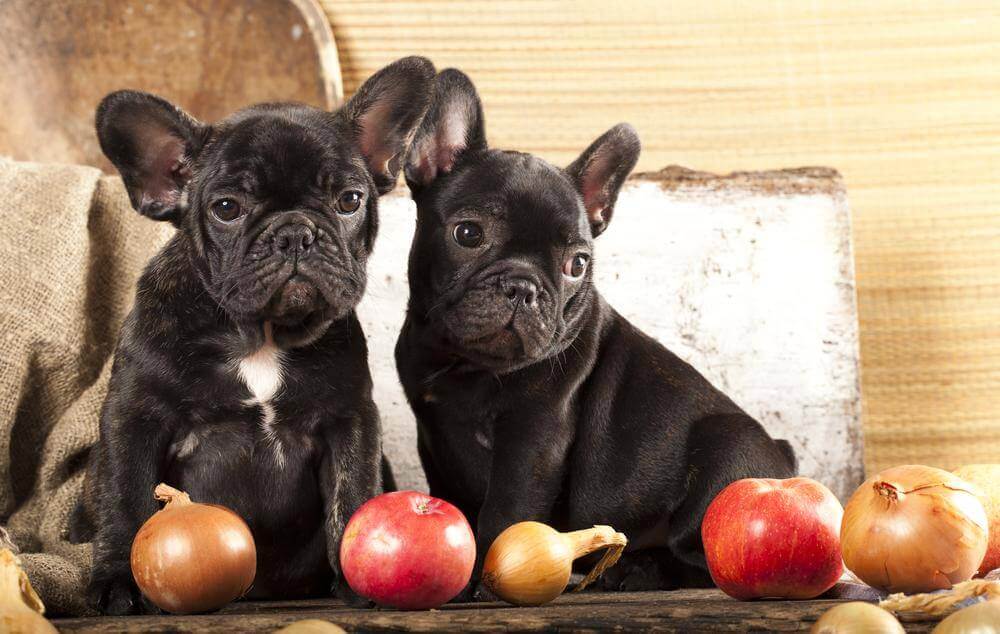
What may seem like onion poisoning to you may be something else entirely, so consulting with a professional veterinarian is always advised. It’s also important to realize that the worst stage of anemia can happen several days after your dog has eaten the onion.
The doctor will carry out a particular process of considering your dog’s history, doing a physical assessment of the dog’s symptoms, and carrying out laboratory tests. The doctor will also check for microscopic Heinz bodies in your dog’s blood sample. Heinz bodies appear when the red blood cell membranes show surface changes and damage.
How is Onion Toxicity in Dogs Treated?
If your dog has recently consumed onion and is showing signs of toxicity, your vet may go ahead and induce vomiting to eliminate the onion still in the digestion process. It’s never a good idea trying to induce vomiting at home without the aid of a qualified veterinarian.
You may also find that the vet administers activated charcoal to your dog. This detoxifies your dog’s gastrointestinal tract to ensure that further toxification does not occur.
If your dog has eaten onion several hours ago or has been snacking on onion repeatedly for some time, the N-propyl toxin may have already taken hold, in which case, your dog will need supportive care.
This means that fluids will be administered to your dog intravenously and he will also be prescribed medications that alleviate the uncomfortable gastrointestinal tract.
In severe cases of anemia, your dog may require oxygen therapy to protect the function of organs and have a blood transfusion.
Of course, this may require a few days at the hospital. Acting as quickly as possible is essential if you notice that your dog is displaying symptoms of onion toxicity. The prognosis is usually good for a dog receiving prompt treatment.
Onion Family Members Also Toxic to Dogs
Onions are toxic for dogs; we know that now. But what about other plants that form part of the onion family? Can dogs eat those, or should you avoid them too?
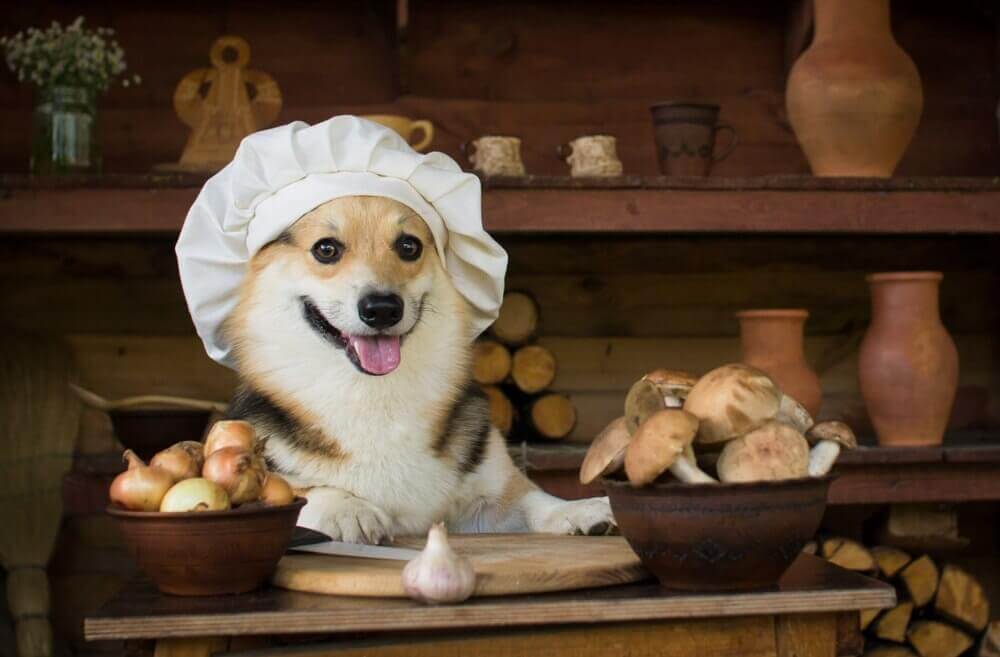
It’s of the utmost importance to note that onions form part of the Allium family and other plants that form part of the same family are also harmful to dogs. These include the likes of:
- Chives
- Garlic
- Shallots
- Leeks
Frequently Asked Questions:
Q. Can dogs eat cooked onions?
No, dogs cannot eat cooked onions, whether fried, boiled, steamed or roasted. Cooking the onion does not destroy the N-propyl toxin. Onion powder can also be even more toxic in its concentrated form than cooked or raw onion.
Q. Can dogs eat raw onions?
No, dogs cannot eat raw onions. Raw onions are just as toxic to dogs as cooked onions.
Q. How much onion is bad for dogs?
As mentioned above, 0.22lb per 44lb of weight will prove toxic to dogs. Dogs can suffer dangerous toxicity if eating 0.5% of their body weight in onion in one sitting. Note that it is not entirely about how much your dog eats at once.
Onion toxicity can also affect your dog negatively if he nibbles on small amounts of onion repeatedly.
Q. What do I do if my dog has eaten onion?
Make a note of all the symptoms you have seen, and contact your vet immediately. Your dog may need medical treatment depending on how much was eaten and, of course, his overall size. Consulting with a vet is essential.
Conclusion
So, can dogs have onions? Or should dogs have onions? Certainly not. Onions are one of the most harmful human foods to dogs.
However, if you‘re looking for a human-grade food product that‘s perfect for your pup, visit the Spot & Tango website to build your dog‘s personalized meal plan.
If you notice that your dog has eaten onion, whether through his own efforts or your mistake, seek veterinary advice and care immediately.


